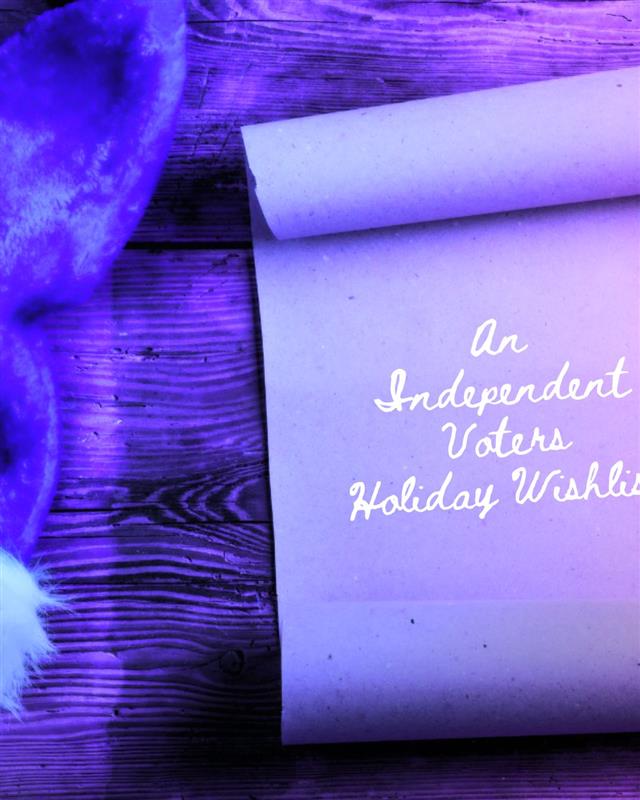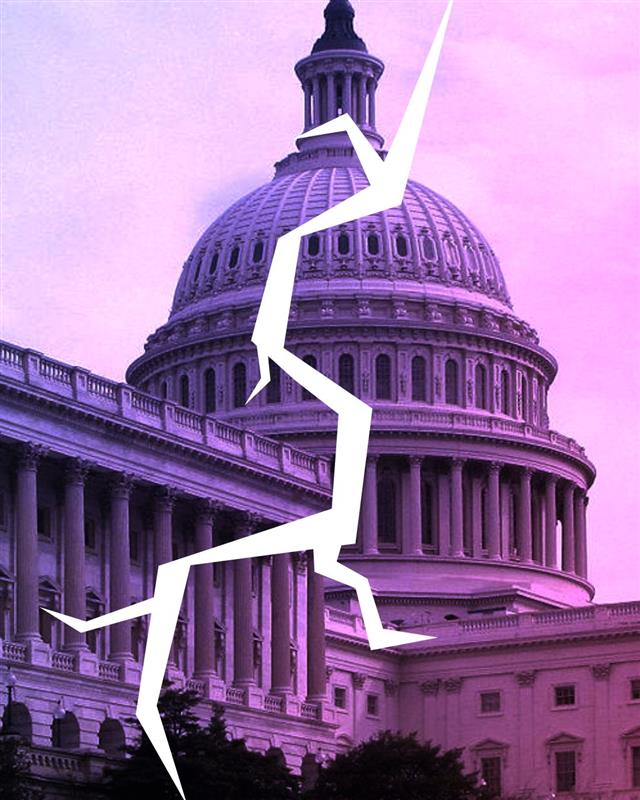Understanding Rank Choice Voting or Majority Vote Part 4/4: Independent voters want more choices.
The Big Picture
The latest Independent Center national poll asked voters about their views on the current political system and election processes.
The results? Overwhelming dissatisfaction with the status quo.
Zooming In
Americans Believe We Can Do Better
When asked about the current political climate in the U.S.:
- 83% said, "We can do better."
- Only 9% thought things were fine as they are.
- 82% believed federally elected officials in Washington, D.C., could do better at their jobs.
This points to a significant rejection of the status quo and a hunger for change.
A Call for More Political Options
When voters were asked if America should stick with the two-party system or expand options:
- 56% said, “We should have more options to choose from.”
- Only 27% thought the two-party system was working fine.
Similarly, when asked about representation in their congressional district:
- 56% wanted to see more independent and third-party candidates promoted as viable options.
- Only 27% were satisfied with the current two-party system.
The Primary System Isn’t Working
Voters were also asked about the effectiveness of the current primary system run by the Republican and Democratic parties:
- 65% said, “We could do better.”
- Only 25% were satisfied with the current system.
This suggests widespread concern that the current process fails to provide real choices for voters.
Mixed Feelings on Ranked Choice Voting
When asked whether the U.S. should stick with traditional voting or try a majority-based system where the winning candidate has majority support:
- 39% were satisfied with the traditional system.
- 48% believed, “We could use a system where our candidates are supported by a majority of voters.”
However, when directly asked to choose between ranked-choice voting (RCV) and traditional voting:
- 47% preferred traditional voting.
- 37% were open to RCV.
These results indicate that many voters are unfamiliar with alternative voting systems, leaving room for education on their benefits.
Independent Lens
One thing is clear: Americans are frustrated with the current political system. They want more accountability, better representation, and a system that reflects the diversity of their views.
While opinions on Ranked Choice Voting vary, voter education could shift public support toward systems that better ensure majority-backed candidates. As dissatisfaction with the status quo grows, independent voters are poised to lead the charge for meaningful electoral reform.
Subscribe to our newsletter for more insights on voter sentiment and election reform.




%201.jpg)
